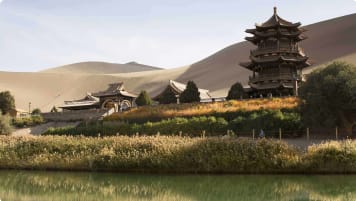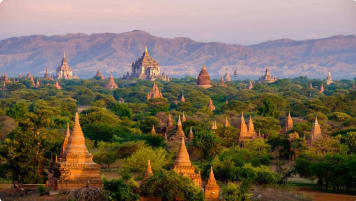Questions About Myanmar: The Definitive Guide For Seniors
Explore and learn about on a seniors small group tour of Myanmar and its pastoral, cultural and historic settlement. Visit World heritage sites such a Bagan or spend time on the Irrawaddy river to Mandalay.
19 Jul 19 · 2 mins read
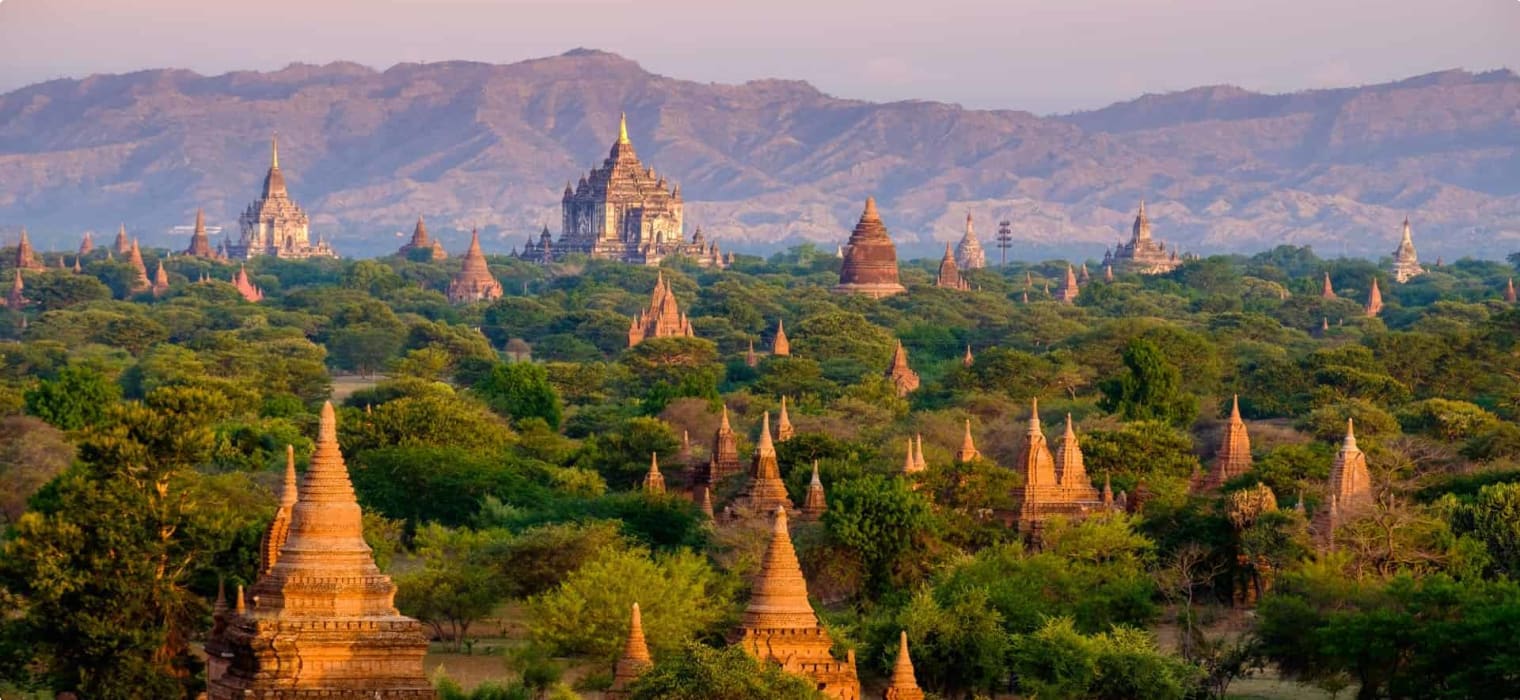
Questions about Myanmar for senior travellers.
Odyssey Traveller specialises in crafting unforgettable experiences for senior and mature-aged travellers interested in learning whether as a couple or solo traveller. Providing adventure and educational programs to escorted small group tours since 1983. Odyssey has built up a reasonable knowledge bank to answer questions about Myanmar that travellers are likely to ask, as they make their plans to tour independently, or with us as part of a small group tour. We hope that this list of frequently asked questions and the answers we provide will help you with planning your next holiday.
Read on, but please do not hesitate to contact us via the website, or through email or chat if you have more questions about Myanmar or our other tours.
FAQs
Where is Myanmar located?
Myanmar is located in Southeast Asia. Shaped rather like a kite with a long tail running along the Indian Ocean, it is bordered by China to the north and north east, Laos to the east, Thailand to the southeast, Bangladesh to the west and India to the northwest. Its length from north to south is about 2,050 km and its width at the widest point around 930 km.
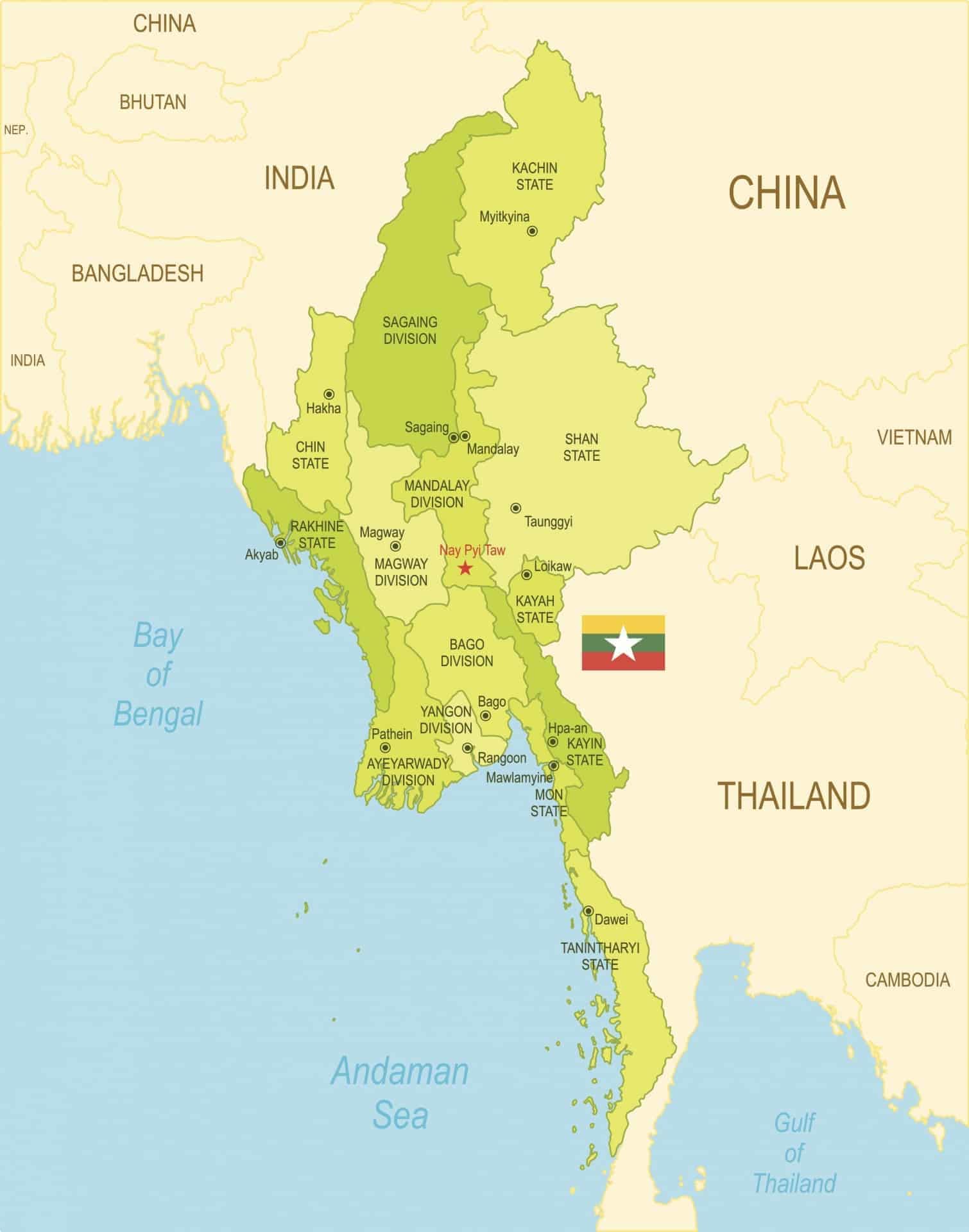
When did Myanmar get independence?
Myanmar has been inhabited since prehistoric times. In ancient times, the trade route between India and China passed through Burma’s borders, making the region a centre of cultural and economic exchange. Myanmar was one of the first areas in Southeast Asia to receive Buddhism, and by the 11th century, became a centre of Theravada Buddhist practice.
Prior to British colonisation, the area was home to successive kingdoms. Most notable was the Kingdom of Pagan (849-c.1300), which united Myanmar for the first time. Burma became known widely for its splendour. Though he did not visit personally, the Venetian traveller Marco Polo was impressed by the tales of its wealth recounted to him. He described ‘a gilded city, alive with tinkling bells and the swishing sounds of monks’ robes’. Bagan’s magnificence was cemented through the building of over 10,000 intricate stone and gold temples.
Ancient stone temples of Bagan
The 18th century saw the reign of the increasingly expansionist Konbaung Dynasty. In 1767 they captured the Siamese (Thai) city of Ayutthaya. Soon afterwards Myanmar occupied the princely state of Assam in northeast India, thus coming into contact with the British for the first time. In a series of wars (known as the Anglo-Burmese Wars) won by the British, they slowly annexed Myanmar, with the entirety of the country coming under British control in 1885.
Under British rule, Myanmar was made a province of India. The British abolished the traditional monarchy, sending the last king Thibaw into exile, and detached the government from religious affairs, destroying the traditional status of the sangha (or monkhood). For the five years after initial colonisation, guerrilla warfare continued in the countryside. British troops carried out mass executions and burned villages in their entirety.
British colonisation also destroyed the traditional Burmese economy, based on agrarian self-sufficiency. Burma’s economy was redirected toward the hugely profitable rice trade, and most of Burma’s agricultural land was reoriented. However, rice production forced Burmese farmers to take out loans from India at exorbitant interest rates. When the Great Depression hit in the 1930s, moneylenders foreclosed mortgages and farmers were dispossessed of their land. Unemployed and unable to find other work, many turned to petty theft and robbery, while homicides rose dramatically.
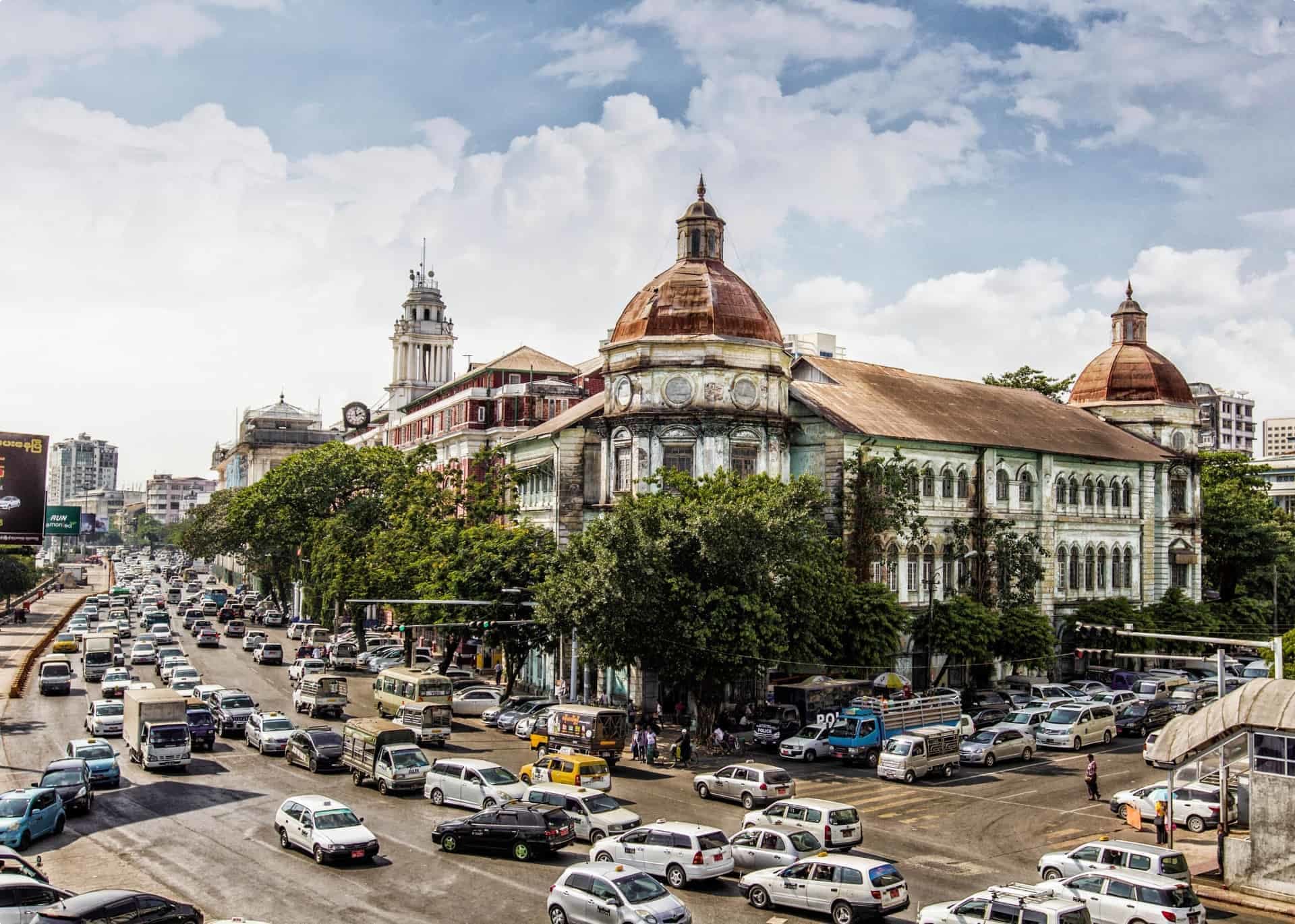
The early 20th century saw the development of a Burmese nationalist movement. In the 1920s radical students at the University of Rangoon held large protests and strikes. These were followed in the 1930s by peasant rebellions, creating a broader base for nationalist leaders.
During World War II, Burma was occupied by Japanese troops and was officially declared an independent state (though in reality, Japan ruled). Following Japanese defeat, the British recognised that they could not hold on to Burma without widespread turmoil, and agreed to grant Burma’s independence in January 1947.
When did Myanmar become democratic?
Following independence, Myanmar’s history remained turbulent. Conservatives, communists, and ethnic minorities all had reasons to be displeased with the agreement, and each developed insurgencies against the national government, leading to a ten-year civil war.
Just before a peace settlement was found in 1958, Ne Win, the army chief of staff, took autocratic control in what has been known as a ‘constitutional coup’. He established internal security, stabilised the military situation, and paved the way for democratic elections, which returned him with an absolute minority.
Democracy would not last. In March 1962, Ne Win led a military coup and the previous prime minister, the chief justice and several cabinet ministers. A military controlled one-party system was established, with the stated purpose of making Burma a socialist state. Ne Win furthered land nationalisation that had occurred after independence, and nationalised the nation’s commerce and industry.
Following violent protests in 1988, he resigned as president and chairman. However, the armed forces, led by General Saw Maung seized control of the government, killing thousands of unarmed protesters and imposing martial law.
In May 1990, Myanmar held its first multiparty elections in 30 years, with a landslide victory for the opposition coalition known as the National League for Democracy (NLD). However, the military did not allow the legislature to reconvene and the NLD’s leader, Aung San Suu Kyi, was forced to remain under house arrest resulting from the earlier uprising.
International condemnation of the military regime was strong, and Aung San Suu Kyi received the Nobel Peace Prize in 1991. She remained under house arrest until 1995 and was thereafter detained periodically, totalling 15 years under house arrest.
While the military dictatorship would solidify power throughout the 1990s, Burma was hard hit by economic sanctions placed on the country by the United States and European Union. In 2008, the military government agreed to implement a new constitution, which was put to a public referendum. Provisions held that the military would have a leading role in future governments, but gave some scope for parliamentary elections.
In the lead up to the 2010 election, however, laws were put into place annulling the results of the 1990 election and prohibiting persons married to foreign nationals or convicted of crimes from participating – a provision explicitly targeted at Aung San Suu Kyi, who was married to a British citizen and had been convicted in 2009 of violating the terms of her house arrest. The NLD decided not to compete in the election. While other opposition parties ran, widespread fraud meant that the parties of the government won.
However, after the election the government relaxed press restrictions, released thousands of political prisoners in a general amnesty and allowed for peaceful demonstrations and the formation of unions. In elections in 2012, the NLD competed as an official party, winning 43 of the 45 seats that were up for election.
Parliamentary elections were held in early November 2015, the first to be freely contested, leading to a decisive NLD victory that was widely heralded as a victory for democracy.
Since the election, however, Aung San Suu Kyi has been the subject of international condemnation, in what observers have described as a ‘fall from grace’. In particular, she and the NLD government have faced criticism for prosecuting journalists and activists using colonial-era laws.x`
Should you say Myanmar or Burma?
It’s complicated. In 1989, the ruling military junta changed the name from Burma to Myanmar. The move was portrayed as anti-colonial, as the country had been commonly known as Burma during the period of British rule, and as anti-Burman ethnic supremacy (because of the obvious similarity between Burman and Burma). Following the change, what name you used took on a political weight – with opponents of the regime and sympathetic nations such as the US and UK continuing to use the term Burma.
Since the end of the regime, however, the term Myanmar has entered everyday use. The country retained the name following the end of the military regime. After all, the two names shared a common root and meaning. Though they look very different in English, in Burmese they are pronounced almost identically. Native speakers use both words: Myanmar is the formal, literary form, and Burma an everyday term.
If you visit Myanmar, don’t worry about it too much – whatever term you use, it isn’t going to offend anyone! As you probably noticed, we’ve being using the two interchangeably in this article.
Who are the Rohingya?
You have probably heard about the on-going human rights crisis involving the Rohingya people of Burma. The Rohingya, who number about one million, are one of the nation’s many ethnic minorities. However, unlike other ethnic minorities, the Rohingya are Muslim rather than Buddhist. They identify as Burmese, claiming to be the descendants of Arab traders and other groups who have been in the region for decades. However, the government of Myanmar claims that they are ‘illegal immigrants’ from Bangladesh, and excluded them from the 2014 census.
Is it safe to travel to Myanmar?
Where to go in Myanmar?
Myanmar is packed to the brim with fascinating cultural sites. Yangon, the old capital and largest city, is home to the gold plated Shwedagon Paya, one of Buddhism’s most sacred sites, and elegant colonial architecture dating to British rule.
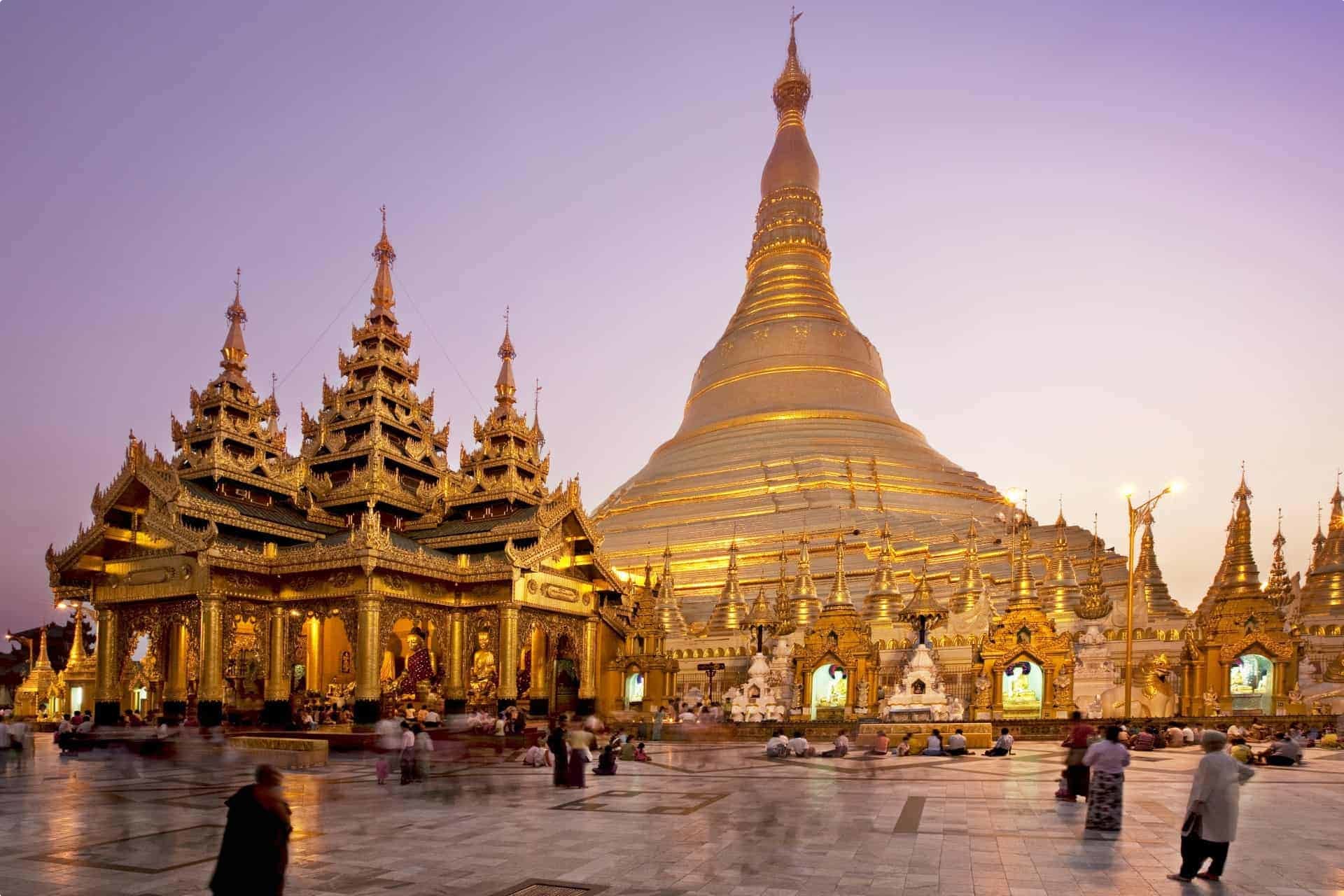
Mandalay, Myanmar’s last royal city is home to the famous Shwenandaw Monastery, and the famous Mahamuni and Kuthodaw Pagodas. The city also has thriving markets and teahouses that allow you to mingle with locals.
Finally, Bagan, the capital of ancient Pagan retains much of its grandeur, with more than 3, 500 temples and Buddhist monuments open to travellers. Regarded as equalling or surpassing Cambodia’s Angkor Wat, Bagan is one of the world’s largest and densest concentrations of temples, pagodas, and stupas.

The countryside is also full of fascinating sites. Peaceful Inle Lake is home to villages of wooden stilt-houses, floating tomato gardens (based on a hydroponic farming technique in use since the 1960s) and monasteries located literally on the lake. The verdant surrounding country is populated by ethnic minority groups, who come to trade at the five-day rotating market.
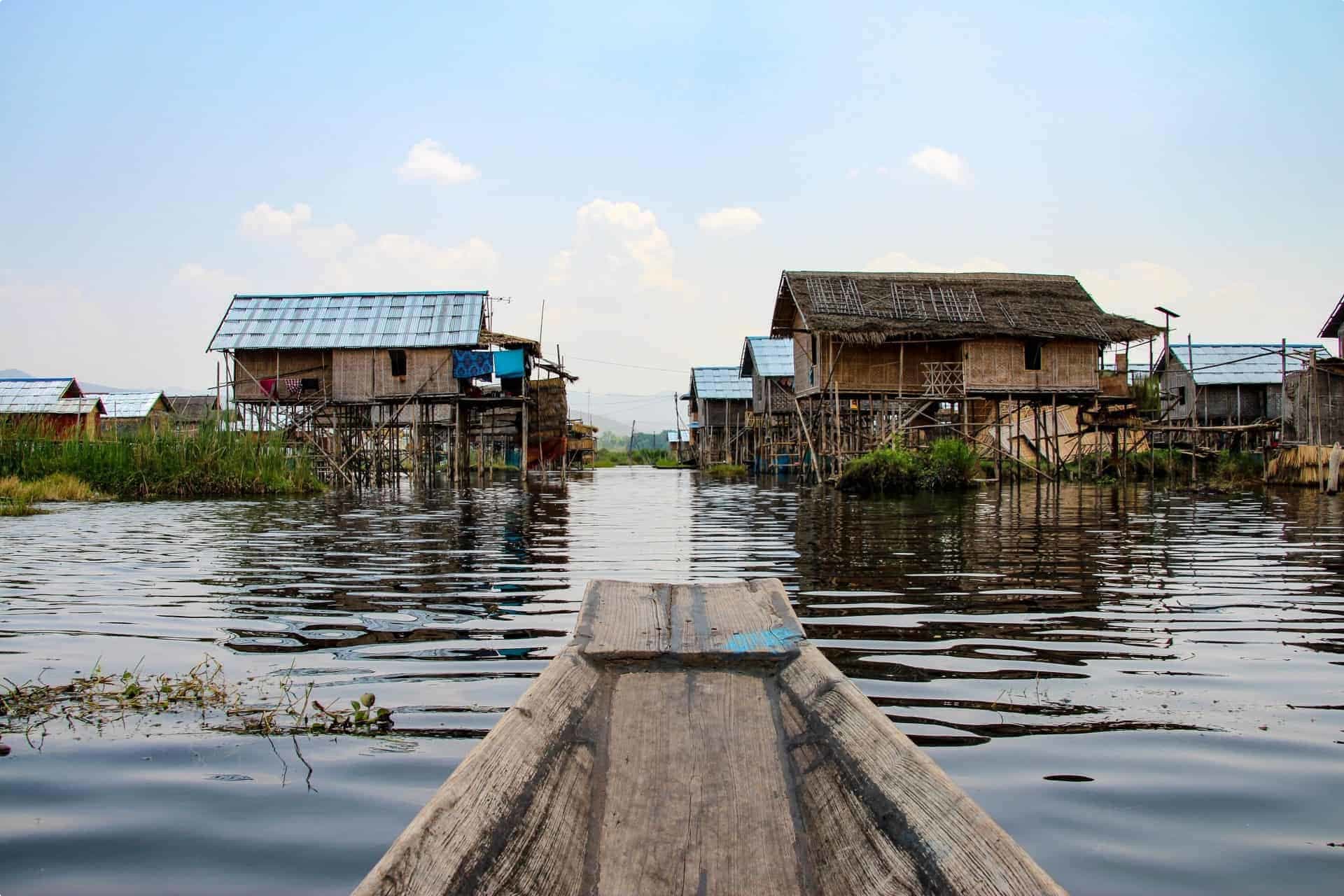
Also worth visiting is the Shwe Oo Min cave complex, home to over 8,000 gold statues of the Buddha.

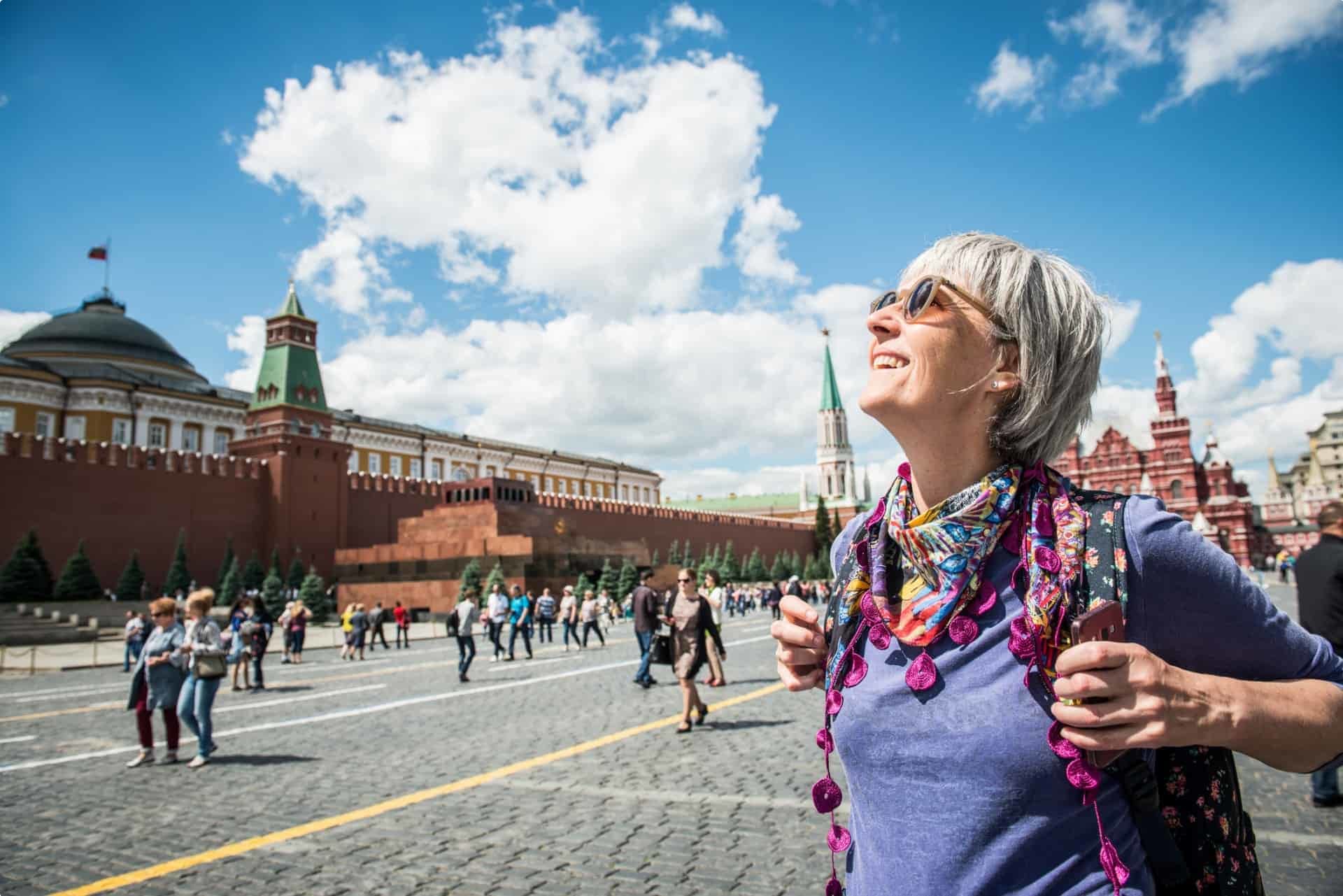
What to eat in Myanmar?
Reflecting its position as a cultural crossroads, Burmese food blends local traditions with influences taken from Thailand, India and China. The main elements of any Burmese meal is t’ămìn or rice, and hìn (Burmese-style curries). Burmese curries have developed an unfortunate reputation for being rather oily, thanks to a cooking technique that sees them cooked until the oil separates from the other ingredients and rises to the top.
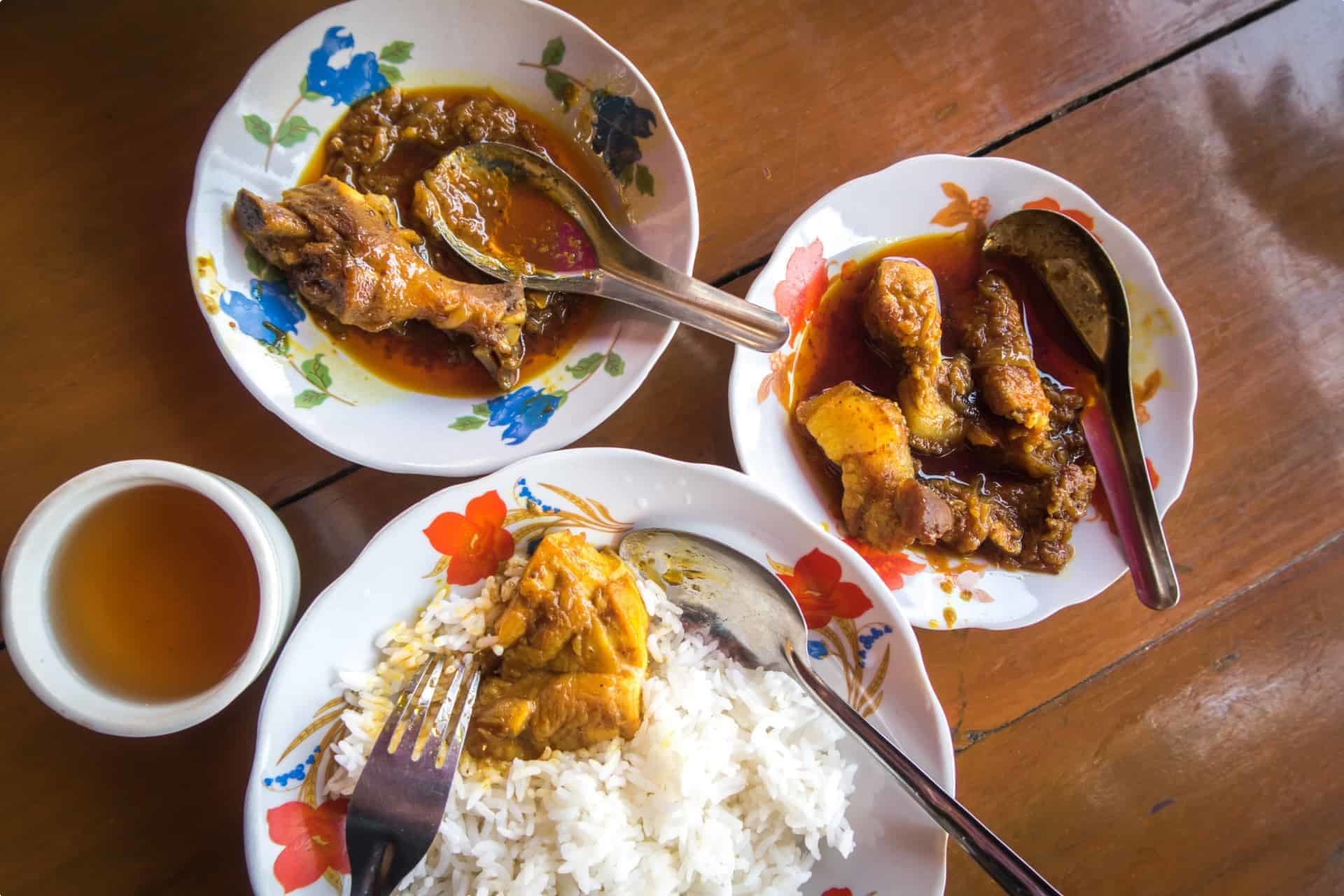
But it isn’t all greasy – Burmese cuisine also features fresh sides, light and tangy salads and moreish leq.p’eq (or laphet), fermented green tea leaves mixed with sesame seeds, fried peas, fried garlic and peanuts. And spice-phobes will be happy to hear that Burmese curries are generally much milder than their equivalents in India or Thailand.
What to wear in Myanmar?
Bring light, loose clothing that will keep you cool in Myanmar’s hot climate. Be prepared that average highs in Yangon reach over 30 degrees all year-round. Myanmar also lies within the monsoon region, so expect heavy rain if visiting between May and November, particularly in coastal regions.
Clothing that covers the arms and legs is a requirement at many Burmese temples for both men and women, and recommended elsewhere as most Burmese people dress conservatively. Women travellers should note that Myanmar is not as accustomed to tourism as nearby Thailand and Vietnam so revealing western dress might attract attention.
How do you get to Myanmar?
An increasing number of direct international flights reach Myanmar. Most travellers land in Yangon or Mandalay international airports, usually with a stop in Kuala Lumpur or Bangkok.
If you’re interested in visiting Myanmar, consider joining an Odyssey Traveller tour. We offer two tours, the overview Discovering Myanmar and the in-depth Art and Archaeology tour. Both tours are led by experienced program leaders working with local guides to bring you an expert perspective on Myanmar.
Related Tours
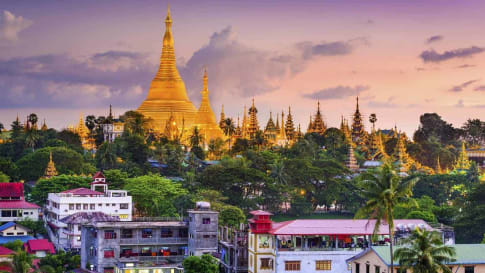
15 days
Oct, MarDiscovering Myanmar | Small Group Tour for Seniors
Visiting Myanmar (Burma)
Visitors to Myanmar will find a fascinating country full of old-world charm and rich culture. A beautiful scenic destination, we visit Yangon, Mandalay and Bagan on this small group tour for senior and mature travellers on a small group tour for couple and solo travellers.
From A$10,995 AUD
View Tour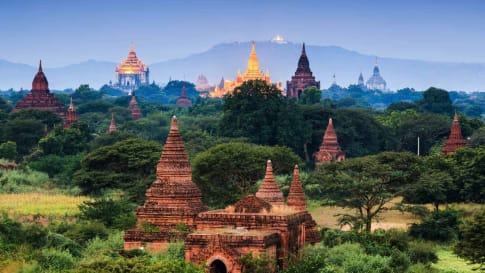
days
FebMyanmar's Art and Archaeology | Small Group Tour
Visiting Myanmar (Burma)
This is a wonderful small group program for seniors and mature couples and solo travellers focussed on the art and archaeology, designed to take you chronologically through Myanmar’s history. From Yangon to Pyay, where the 4th-9th century walled city has received Unesco World Heritage status, on to Bagan’s 10th-13th century pagodas, to Mandalay’s last royal dynasty and the 18th-19th century colonial era returning to Yangon for the colonial heritage and modern art scene.
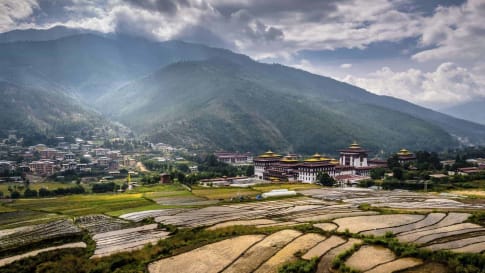
17 days
Sep, AprBhutan | Small Group Cultural Tour
Visiting Bhutan
An unhurried ocean of calm in a crowded continent, Bhutan is scenically magnificent. Join our small group escorted tour and walk up the mountain to the famous Tiger's Nest monastery. The Bhutanese will welcome you to share their distinctive culture, unpolluted environment, and colourful festivals.We explore centuries of Buddhist tradition inherited from Tibet that have shaped this land with art, dance, music, and even medicine shaped by religion.
From A$13,695 AUD
View TourArticles
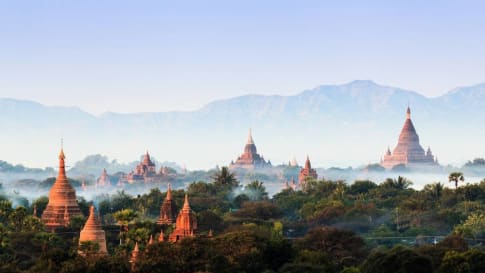
Explore Bagan
Explore Bagan, a cultural and artistic wonderland, on a small group tour The opportunity to explore Bagan, a cultural and artistic wonderland, on a small group tour does exist. Odyssey Traveller has offered small group…

Mandalay, Myanmar
Built in 1857 on the Irrawaddy River or Ayeyarwady River by King Mindon prior to complete British rule, the city of Mandalay still bear traces of royal grandeur in the palaces and monasteries built during his reign.

Yangon, Myanmar
Yangon, Myanmar a city of history and curiosity for an escorted small group tour for mature and senior travellers to explore.Include Bagan and the Irrawaddy river in any educational based tour program for couples or solo travellers.
